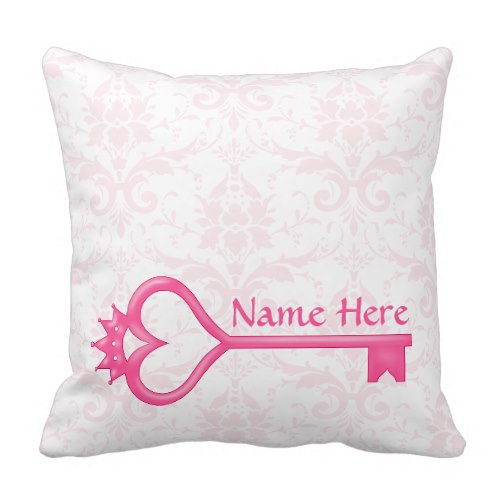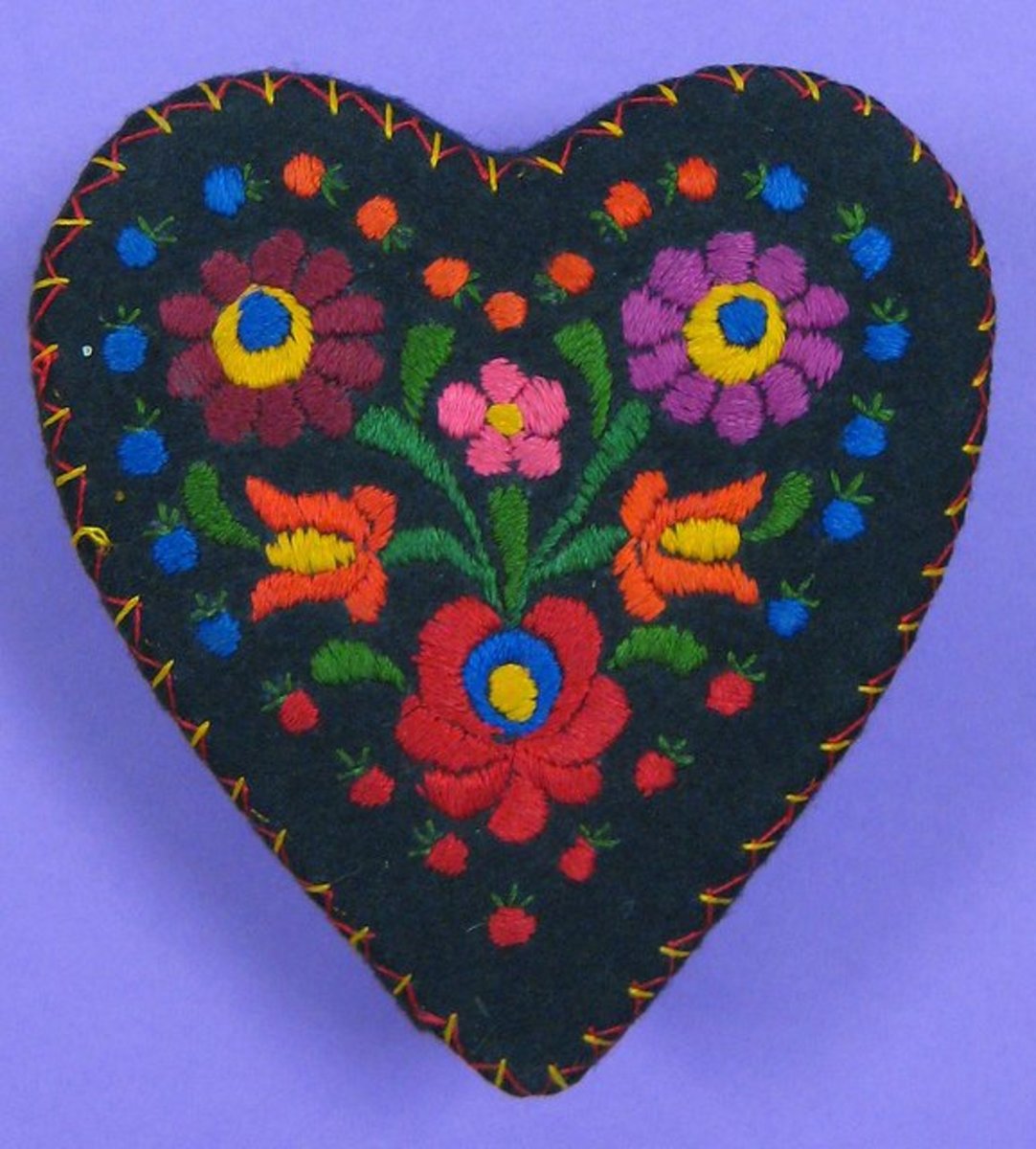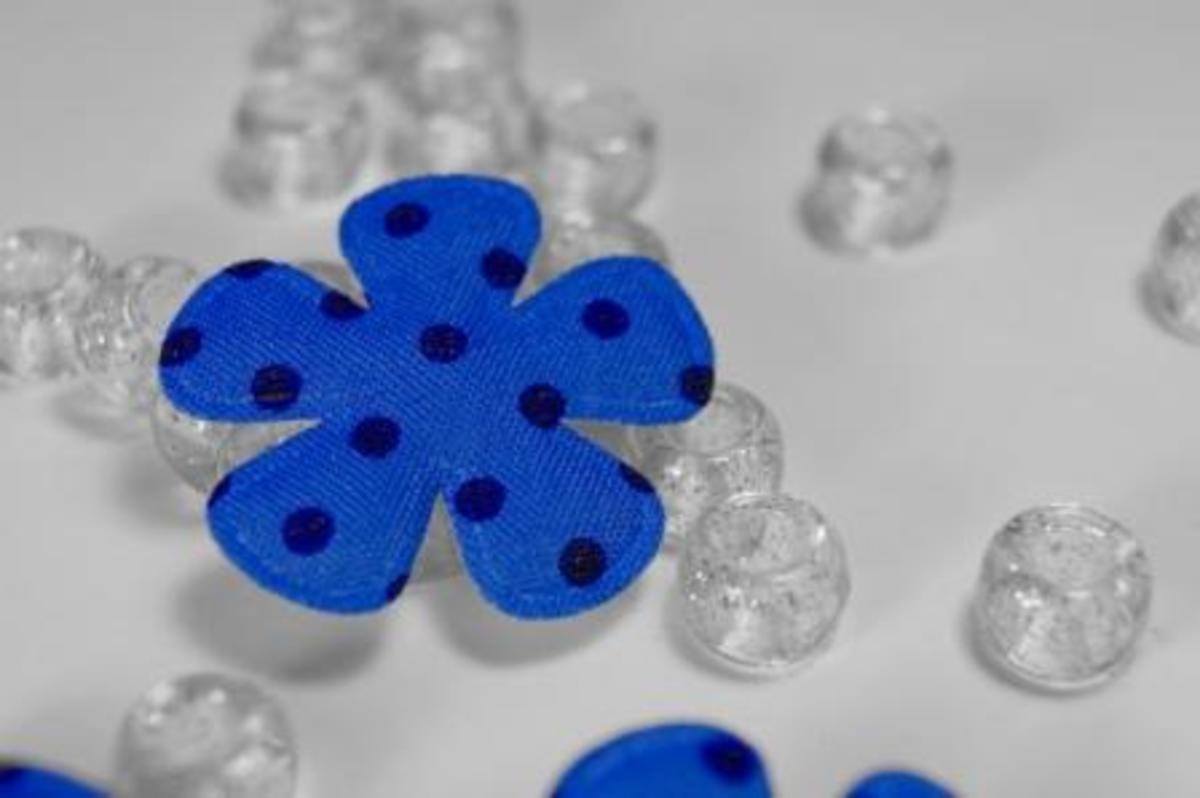Using Patterns In GIMP

Using Patterns in GIMP for Print on Demand Designs & More
I recently was lucky enough to win a pattern from Designs4Sale when they held a special contest (normally these designs cost between $5 and $10). They offer patterns for use in the image editing programs of Photoshop or GIMP that you can use commercially for print on demand sites like Zazzle.com. If you create items for print on demand sites I recommend checking Designs4Sale out.
So since I had won this pattern it got me thinking about all of the ways I could use it and began playing around with it in GIMP (although for some of it I created designs in Inkscape and then opened them in GIMP where I then added the pattern). Then I thought others might like to know some of this information on using patterns in GIMP too. So I threw together a few, quick tutorials and also some general ideas about using patterns for GIMP on print on demand products.

When using patterns for print on demand products, whatever the source you get them from, the first thing that comes to mind when using these pattern fills is to just place them straight onto a product. And this is a great way to use them. They look great on things like the new pillows. laptop sleeves and Rickshaw messenger bags by Zazzle, as well as many other things.
Another way to use them is as backgrounds for other designs.
In this example below, a damask pattern is used as a background for a skeleton key design.
And then there is taking your creativity even further and using the pattern fills in designs. For example, you could draw fluffy clouds and fill one cloud with a polka dot pattern, another with a striped pattern, another with argyle and so forth. In the intro picture (the first picture you see on this page) I used the design I got from Designs4Sale and filled in three clouds with the pattern, but each cloud has the pattern in a different size and color. I'll be explaining how to change the size and color later on.
Anywhere that you would normally fill with color consider trying to use a pattern fill on it instead for more interest. It might not always work, but be playful and try to you might get some delightful results.

One more option for pattern fills is to cut out an element from the pattern and use it by itself. Like I did in this "notepad" design. The top has a sort of cloud like or awning shape filled with a fluffy hearts pattern by Designs4Sale. And then in the bottom right hand corner one of the fluffy heart shapes has been cut out and placed by itself.
Different sources for patterns have different licenses or terms for how the pattern can be used. This may include whether they can be modified or not. If the terms allow for you to modify the patterns you are in luck. Be sure you always check what the terms are for any pattern you download. Luckily, the terms for the Designs4Sale patterns allow you to do things like modify the colors. Part of their license you receive when you buy from them says, "Mix and match our designs, change color, background or use as a single graphic." But you might not know how to go about that. So read on...
How To Add a Pattern File to GIMP
Pattern files for GIMP have the extension .pat. So the file name may look something like pattern.pat
(And apparently other image files, like .png, can be used as patterns too. Just follow the same directions below to use them as a pattern.)
Okay, so you've downloaded a pattern file for GIMP...and now you don't know what to do with it.
Basically you need to find where on your computer the files for GIMP patterns are located and place the pattern file there. It may be different from one computer to the next. But in general, if you are using Windows you can find it this way. Find the the Program Files folder, then find GIMP. You then might have to open several folders until you find the folder called "patterns."
But here is where I have found it. (Each ">" represents going to the next folder.)
Program Files > GIMP > share > gimp > 2.0 > patterns
Once you have found the patterns folder move your pattern file there.
Resizing a Pattern Fill in GIMP
One of the great things about the patterns from Designs4Sale are that they are huge! This makes so that they can easily be used on the larger products on some of these print on demand sites. But I found them a little harder to use on the smaller products where using a 3000 x 3000 pixel pattern didn't work so well on a design smaller than 2000 x 2000 pixels such as notepads, postcards, etc.
Thankfully I found out that it's pretty easy to make a pattern smaller in GIMP (re-sizing an image so it's bigger will probably result in a distorted or fuzzy image that probably won't work so well). I don't know how this can be done in Photoshop, but I'm sure it's pretty easy there too.
- Right click on the pattern. A dialog box will open. Click on "Open Pattern as Image."
- After the file opens resize it like you would any other image. I usually do this by clicking on Image > Scale Image and resize as desired.
- Next save the new size. Important: Make sure you do not overwrite the existing file. Use "Save File As" to save your new pattern. Choose a new name for the pattern. I like to write the new pixel size as part of the new name. So if the previous file name had been "funnystripes.pat" I might rename it ""funnystripes750.pat" so I can more easily see that it is sized at 750 pixels. When you click on "Save" it will then ask you to give the pattern a decription. I again will add the pixel size to the description, so it might say something like, "Funny Stripes 750." Click on "Save" again.
- Your pattern is now saved. To use it you will either need to close GIMP and open it again. Or click on the "Refresh Patterns" icon at the bottom of the Patterns tools box.
Re-coloring Patterns in GIMP
In GIMP there are many, many ways to change the colors of something. If you click on "Colors" on the menu then you will see lots of color options to play with. A lot of people like to use the "Hue / Saturation" option and just play with the sliders until they get a color they like.
My particular "fluffy hearts" pattern is black and the hue color sliders don't work on it because of that (and it won't work on white either). But that's fine, because I'd like to be able to choose a specific hex color anyway. Here's how to do it.
- If the pattern you are working on is black click on Colors and then Invert.
If you are working on a pattern that has a color you can still use this method, but you might not get quite the same results. The closer to white you can get the more close the results will be to the actual color you want.
Click on Colors and then on Desaturate. You can choose from Lightness, Luminosity or Average. The lighter the "grey" that results the more like the specific color you can get. So I find Luminosity usually works best. If you want the pattern to be even lighter try playing with the "Brightness/Contrast" tool.
- Next choose Colors and then Colorify. When the Colorify dialog box opens click on Custom Color. From there you can use the color tools to pick a color. Or if you have a specific hex/html color in mind just enter it in the box marked "HTML Notation." And then choose, "Okay."
Your pattern will be changed to the color of your choice (if your pattern was white) or something close (if your pattern was gray).
- Save your new color pattern as mentioned in the steps for re-sizing your pattern. And refresh your patterns as explained there too.
(Note: if there are only certain parts of the design you want colored use the "Fuzzy Select Tool" that looks like a magic wand to select certain parts of the pattern. Or if the pattern has more than one shade of gray after desaturating it then you can use the "Select by Color Tool" that looks like a hand pointing at three blocks colored blue, red and green to choose a specific shade to color. Then use the Colorify option.)
Filling a design with a pattern in GIMP
- Open your design.
Select an area you want to fill in with a pattern. You can use the "Fuzzy Select Tool" that looks like a magic wand to select certain parts of the pattern. Or you can use the "Select by Color Tool" that looks like a hand pointing at three blocks colored blue, red and green to choose a specific color to fill in.
- Add a new layer (doing it this way makes it easier to make changes if needed than adding the pattern fill straight to the original layer). Open the Patterns dialog. Select your pattern. Drag and drop the pattern onto the area you want to fill in.
(If you aren't using layers but working straight on the original layer, then you can use the "Bucket Fill" tool. Choose your pattern and click on the area you want to fill in with the pattern.)
Using Patterns In GIMP
What is your experience in using patterns with designs you make with GIMP?
Do you ever incorporate patterns into your designs?
Designs4Sale Patterns
Below is a sampling of some of the patterns you can find for sale at Designs4Sale.






